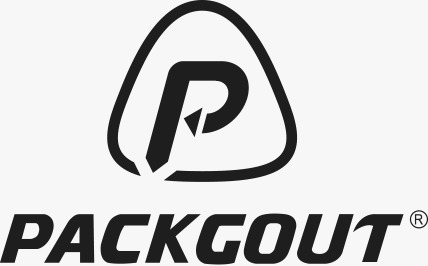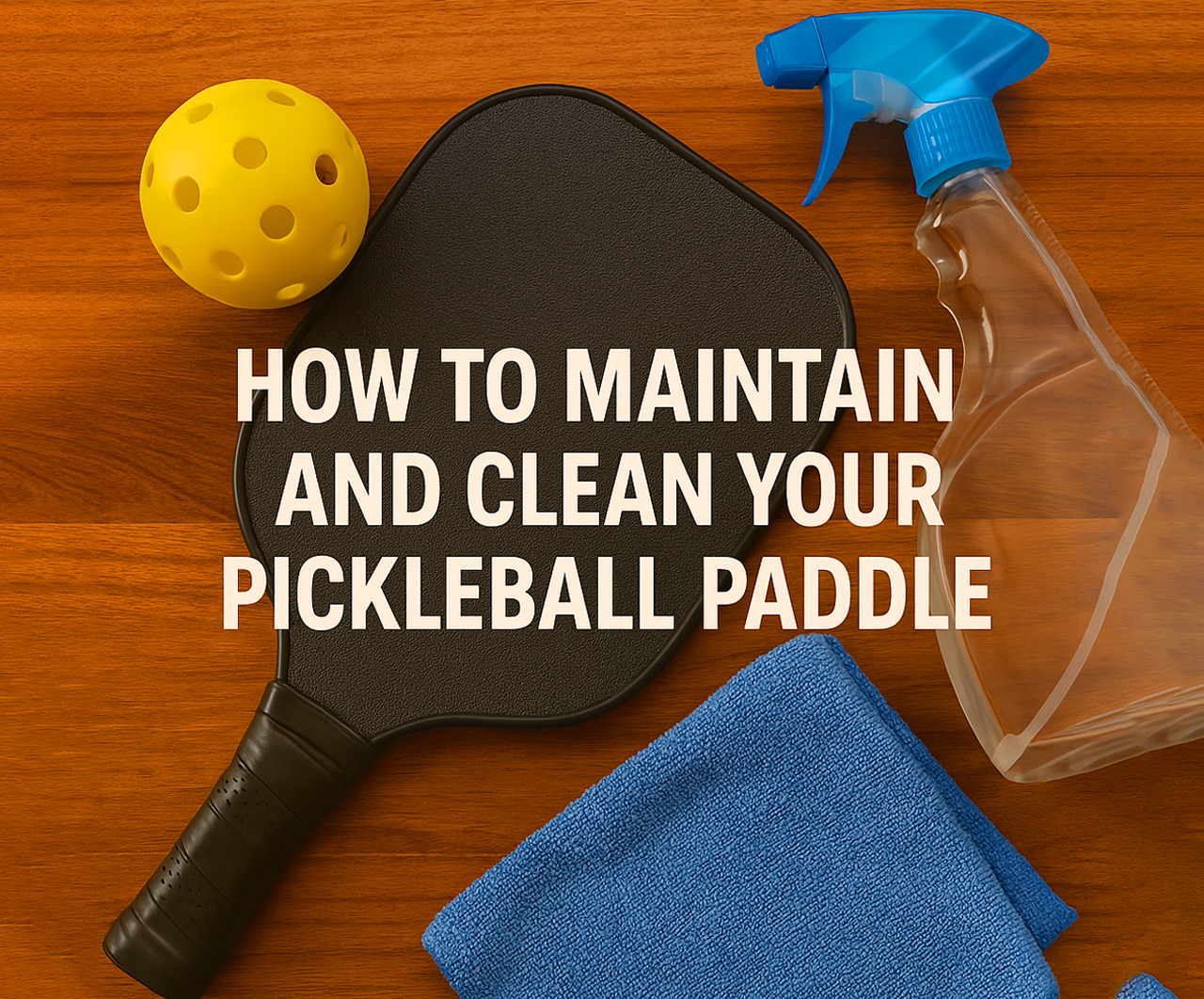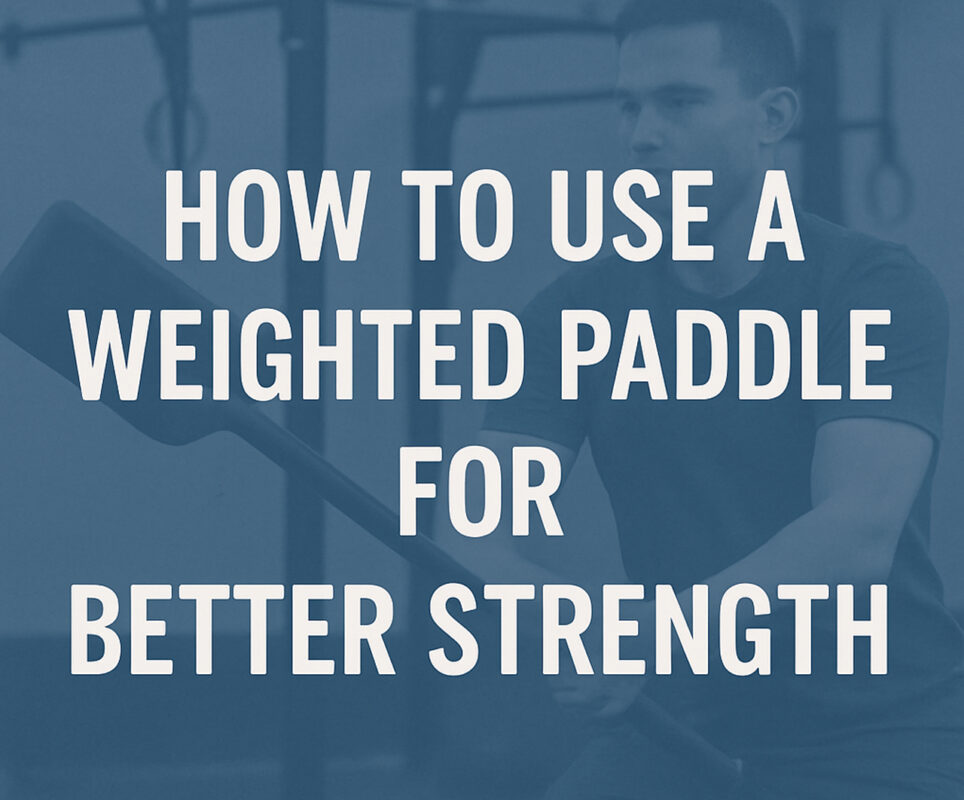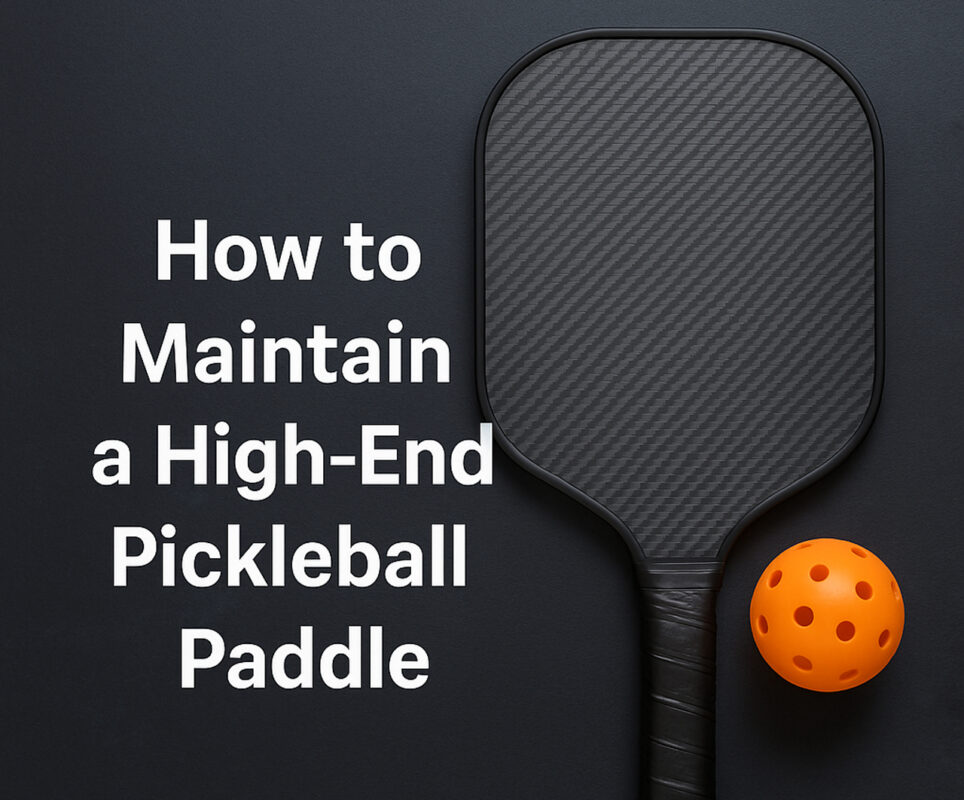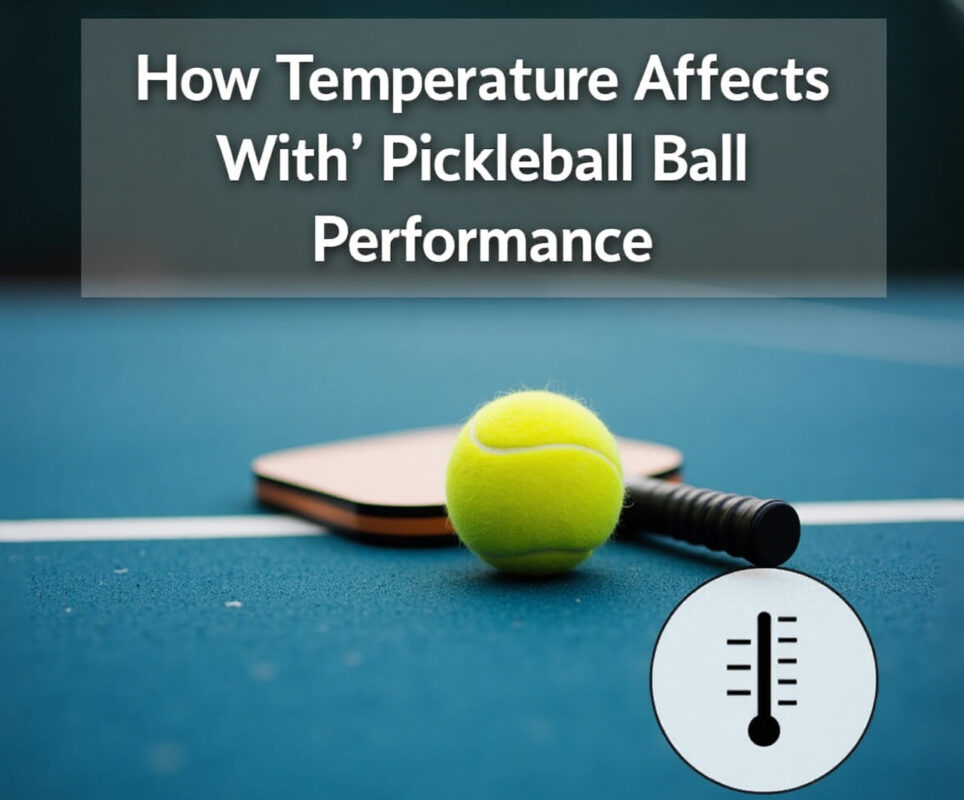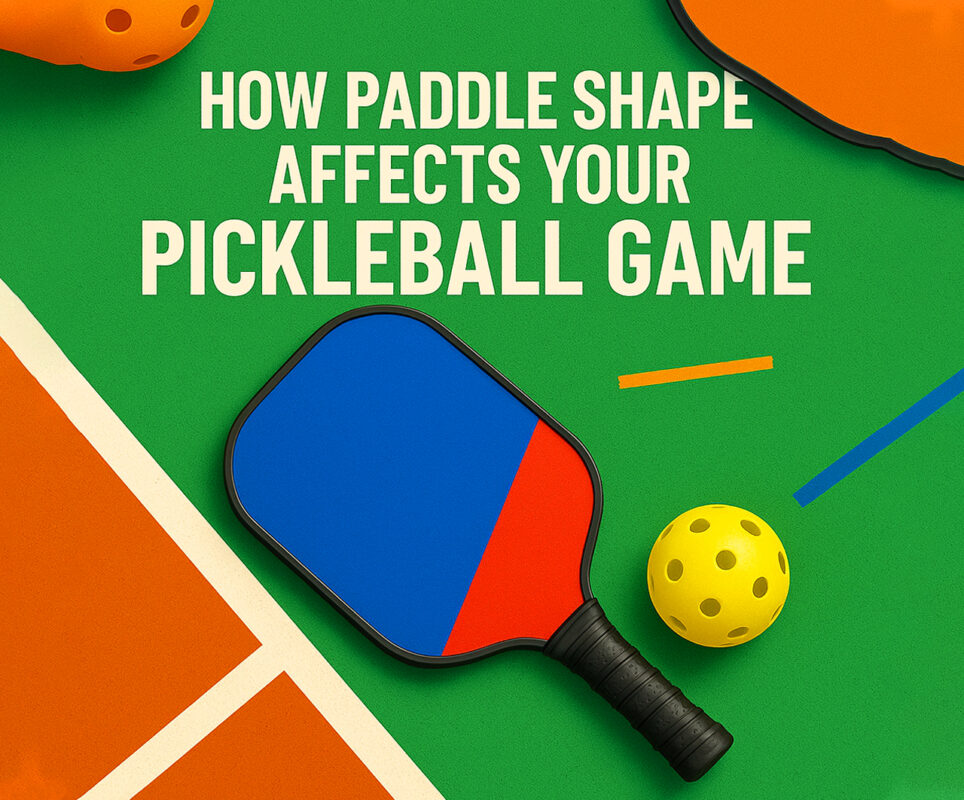If you’re serious about improving your game, keeping your paddle in top condition is essential. Whether you own a recess pickleball paddle, a high-performance crbn pickleball paddle, or rely on a durable gearbox pickleball paddle, regular maintenance ensures that your equipment remains effective and lasts longer. Proper care can prevent damage, maintain optimal performance, and extend the lifespan of your paddle, helping you stay ahead on the court. This guide will walk you through the best practices for maintaining and cleaning your pickleball paddle to keep it performing at its best. Know more..
Why Proper Paddle Maintenance Matters
Pickleball paddles are built to withstand high-impact play, but they still wear down over time. Dirt, sweat, and oils from your hands can affect the paddle’s grip and surface, leading to inconsistent shots. Regular maintenance ensures that your paddle maintains its original texture, grip, and responsiveness. If you’re investing in premium paddles like crbn pickleball paddle models or looking for durable options like gearbox pickleball paddles, you’ll want to protect that investment through proper care.
Step-by-Step Guide to Cleaning Your Paddle
1. Clean the Surface After Every Game
The paddle’s surface accumulates dirt, dust, and sweat during a game. Over time, this buildup can affect the paddle’s texture, impacting your ability to generate spin and control the ball.
How to Clean:
- Use a damp microfiber cloth to wipe down the paddle’s surface gently.
- Avoid using harsh chemicals or abrasive cleaners that could damage the surface.
- For stubborn dirt, lightly dampen the cloth with water and a mild soap, then wipe clean.
Pro Tip: For paddles with a textured surface, like the crbn pickleball paddle, use extra caution to preserve the texture and maintain optimal spin.
2. Clean the Edge Guard
The edge guard protects the paddle from accidental drops and impacts. Dirt and grime can accumulate in this area, potentially causing damage over time.
How to Clean:
- Use a soft-bristled toothbrush to clean around the edge guard.
- Pay attention to any cracks or loosened areas that may need repair.
- Wipe down with a damp cloth to remove any residual dirt.
3. Wipe the Handle and Grip
The handle and grip are where most of the sweat and oils accumulate. Over time, this can make the grip slippery, reducing your control over the paddle.
How to Clean:
- Use a damp cloth to wipe down the grip after every game.
- For deeper cleaning, use a mild soap solution and a cloth to gently scrub the grip.
- If the grip is worn out or loses its tackiness, consider replacing it with a new one.
Pro Tip: Paddles with premium grips, like those on gearbox pickleball paddles, may require specialized grips or overgrip replacements to maintain consistent performance.
How to Protect Your Paddle from Damage
1. Store Your Paddle Properly
Storing your paddle correctly can prevent unnecessary wear and tear. Extreme temperatures and humidity can damage the core and surface of your paddle, shortening its lifespan.
Best Practices:
- Store your paddle in a temperature-controlled environment.
- Use a paddle cover to protect the surface when not in use.
- Avoid leaving your paddle in direct sunlight or extreme heat, as this can warp the material.
2. Avoid Hitting Hard Surfaces
Accidental hits against the ground, net, or walls can cause damage to your paddle’s surface and edge guard. While high-quality paddles like recess pickleball paddles are designed to be durable, repeated impacts can still wear them down over time.
How to Prevent Damage:
- Avoid scraping the paddle against the court surface.
- Be mindful of aggressive swings near hard surfaces.
- Regularly inspect the edge guard and surface for signs of damage.
3. Replace the Grip Regularly
A worn-out grip can affect your control and lead to inconsistent performance. Over time, sweat and friction wear down the grip, making it less effective.
When to Replace:
- If the grip feels slippery or lacks tackiness, it’s time for a replacement.
- For frequent players, replacing the grip every 2-3 months helps maintain consistent control.
- Consider adding an overgrip for extra comfort and better moisture absorption.
Deep Cleaning Your Paddle for Optimal Performance
When to Deep Clean Your Paddle
While regular surface cleaning helps maintain your paddle, a deep clean is necessary after prolonged use or when noticeable dirt buildup affects performance.
Signs That It’s Time for a Deep Clean:
- Decreased spin and control
- Sticky or slippery grip
- Visible dirt or residue on the paddle’s surface
How to Deep Clean a Pickleball Paddle
Materials You’ll Need:
- Mild dish soap or paddle cleaner
- Soft microfiber cloth
- Soft-bristled toothbrush
- Paddle cover for storage
Steps:
- Mix a few drops of mild dish soap with warm water.
- Dip a microfiber cloth into the solution and gently wipe down the paddle’s surface.
- Use a soft-bristled toothbrush to clean the edges and any textured surfaces carefully.
- Rinse the cloth with clean water and wipe off any soap residue.
- Dry the paddle with a clean towel and allow it to air dry completely before storing.
Extending the Lifespan of Your Paddle
1. Rotate Between Paddles
If you play frequently, consider rotating between multiple paddles. Using different paddles helps distribute wear and tear, extending the life of each paddle. Players who own high-quality paddles like the gearbox pickleball series often rotate between different models to maintain consistency.
2. Inspect Your Paddle Regularly
Regularly inspecting your paddle allows you to identify signs of damage early, preventing further issues. Check for:
- Cracks or dents in the surface
- Loose or worn-out edge guard
- Handle or grip wear
If any of these issues arise, address them immediately to prevent further damage.
3. Use a Paddle Cover for Protection
A paddle cover protects your paddle from dust, dirt, and accidental impacts. It’s a small investment that goes a long way in preserving the condition of your paddle.
Best Options:
- Soft neoprene covers for lightweight protection
- Padded cases for extra cushioning
Common Mistakes to Avoid When Cleaning Your Paddle
1. Using Harsh Cleaners
Harsh chemicals can damage the paddle’s surface and weaken its core. Stick to mild soap and water to avoid unnecessary wear.
2. Submerging the Paddle in Water
Paddles are not designed to be submerged in water. Excess moisture can seep into the core and cause long-term damage.
3. Ignoring the Grip
The grip plays a significant role in your control and comfort during play. Neglecting to clean or replace it can lead to inconsistent performance.
How Often Should You Clean Your Paddle?
After Every Game:
- Wipe down the surface, handle, and edge guard.
Once a Week:
- Deep clean the surface and inspect the grip for wear.
Every 2-3 Months:
- Replace the grip if necessary.
- Conduct a thorough inspection for any signs of damage.
Final Thoughts: Protect Your Investment
Whether you’re playing with a stylish recess pickleball paddle, a performance-driven crbn pickleball paddle, or a durable gearbox pickleball paddle, maintaining your equipment is essential for optimal performance. Regular cleaning, proper storage, and routine inspections ensure that your paddle stays in top condition, allowing you to stay competitive on the court.
Taking the time to care for your paddle not only extends its lifespan but also improves your control, accuracy, and overall game. By following these maintenance tips, you’ll ensure that your paddle performs at its best—game after game.
